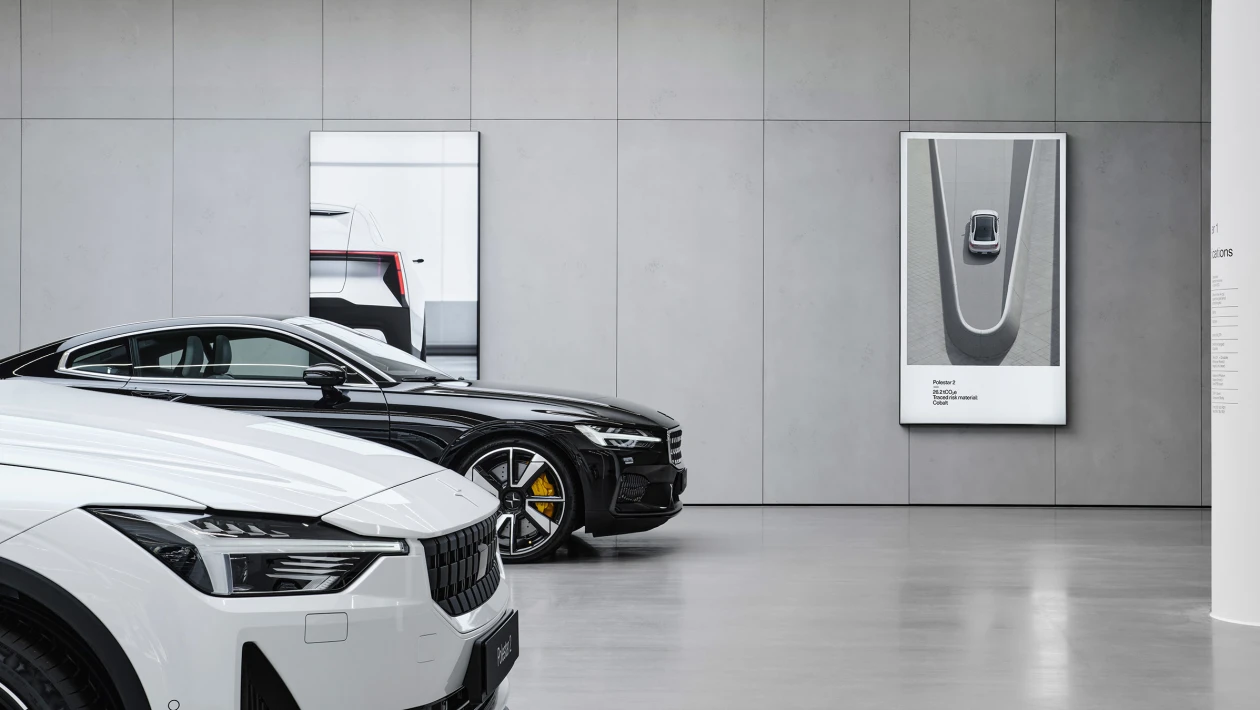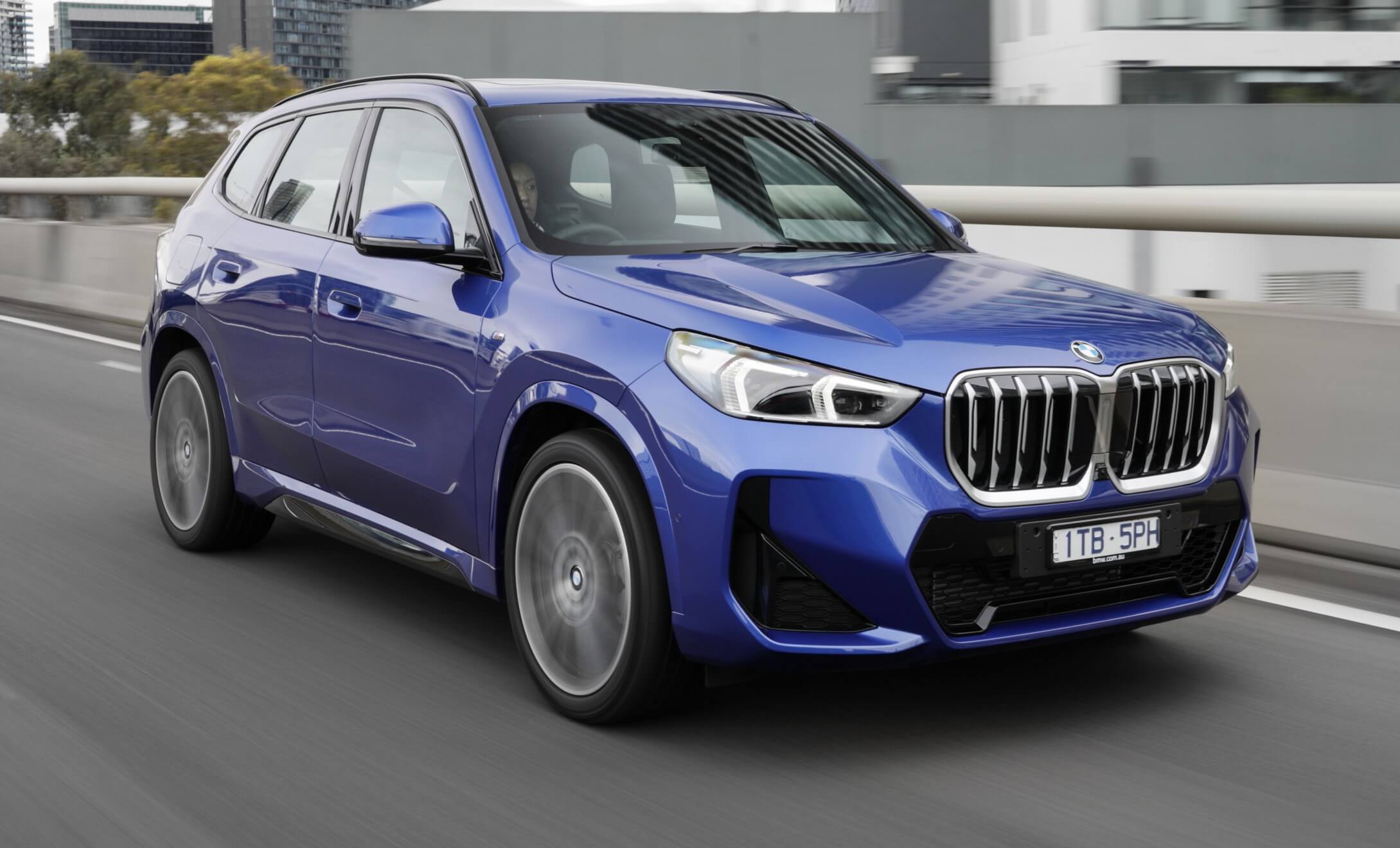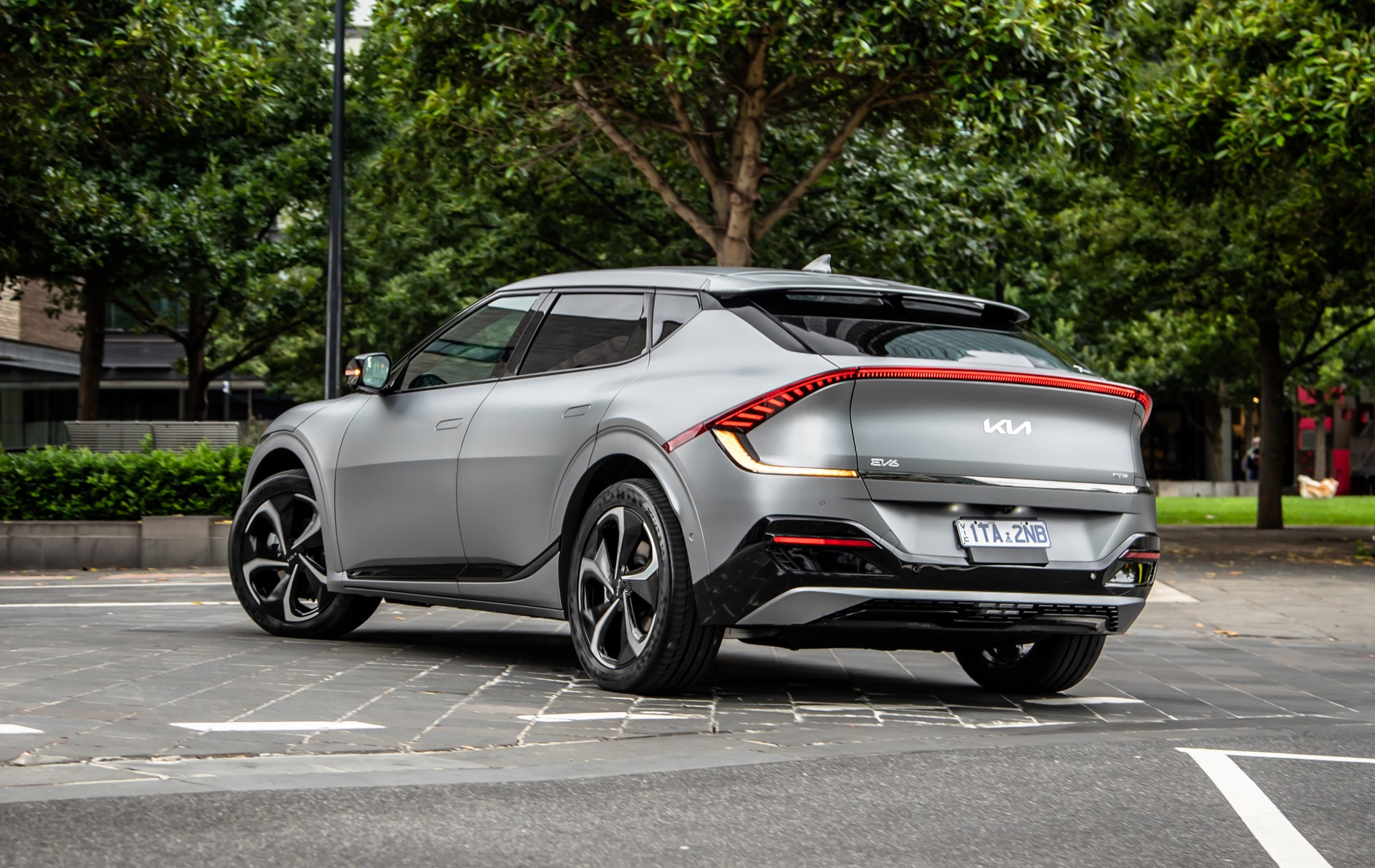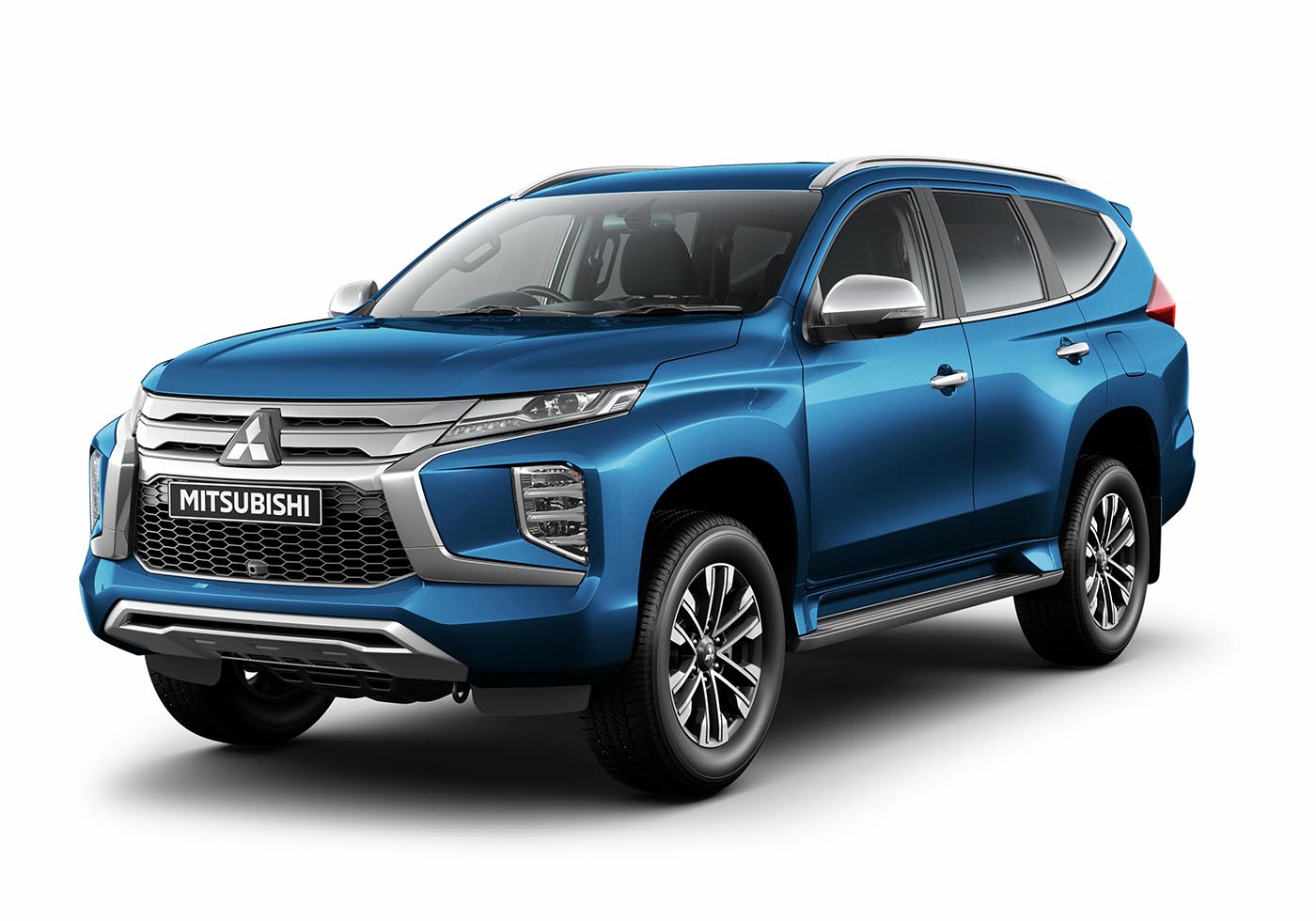The most accurate cost for getting a car on the road is its driveaway price – but what does that include?
It can be confusing for car buyers when they see an advertised price for a vehicle that ends up costing more to get on the road. That’s because the retail price does not include extra fees and charges.
Some of these fees are required by law (such as luxury car tax and stamp duty) and some of the charges are dependent on the dealership (such as dealer delivery fee.)
Thankfully, some car makers do give buyers a driveaway price, but not all do this. And it will change depending on the state or territory you live in.
Is luxury car tax included in the driveaway price?
Yes, it is if it’s required. Luxury Car Tax (LCT) can potentially add a lot to the purchase price but is only applied if the vehicle is purchased over a certain GST-inclusive threshold, and applied only on the amount over the threshold.
The current LCT threshold according to the Australian Taxation Office (ATO) for the 2022-23 financial year is set at $84,916 for ‘fuel-efficient vehicles’ and at $71,849 for ‘all other vehicles’.
What is a fuel efficient vehicle?
The ATO defines this as:
“A fuel-efficient car has a fuel consumption that does not exceed seven litres per 100 kilometres as a combined rating under the vehicle standards in force under section 7 of the Motor Vehicle Standards Act 1989.”
How LCT is charged
Luxury Car Tax is charged at 33 cents to the dollar or 33 per cent of the value over the threshold amount.
The calculation to work out the amount of Luxury Car Tax payable is: (LCT value − LCT threshold) ÷ 110 × 33
For example, on a $100,000 vehicle, you would calculate the following:
($100,000 − $67,525)/110 × 33
= $32,475/110 × 33
= $9,742.50
Thus the vehicle’s price would increase, with LCT, to $109,742.50 (plus any other potential charges).
What is a dealer delivery fee in Australia?
Dealer delivery fees are not controlled by the Government like LCT is, so they will vary between car brands and even between dealers.
The dealership will explain that this charge covers costs it has incurred in sourcing and getting the car ready for you, such as delivering to their own premises, detailing it, having technicians look over it, holding it on site, and any other reason they see fit. It is up to you as a buyer to judge whether you believe the charge to be just. Some dealers might waive it if they are desperate to make a deal, but some might inflate this for in-demand vehicles.
What is Stamp Duty?
Stamp duty varies per state and territory and then can vary on different factors such as what segment the vehicle belongs to, its environmental credentials, and if it is being sold as a new or used car.
For instance, in NSW, stamp duty is calculated at $3 per $100, or part thereof, of the vehicle’s value. Vehicles that are over $45,000 in value are charged at a rate of $1350 plus $5 per $100 of the vehicle’s value over $45,000.
So if the car was worth $20,000 the charge would be:
20,000/100 x 3
= 200 x 3
= $600
Or, if the car was worth $100,000 the charge would be:
((100,000 – 45,000 / 100) x 3) + 1350
= (550 x 3) + 1350
= 1650 + 1350
= 3000
Registration and Compulsory Third Party Insurance
Perhaps the most obvious cost to drive a car away is registration. This will be included in the driveaway price and include compulsory third-party (CTP) insurance.
In Victoria, for instance, CTP is included in the cost of registration for vehicles. Part of the payment goes to the Transport Accident Commission (TAC) and covers treatment and benefits for anyone injured in a road accident – even if you’re claiming medical expenses when it was your own fault.
CTP varies for each state, but the basic principle is the same, and again, it must be paid.
What’s not included in driveaway pricing
Driveaway pricing will cover the required charges and fees so that the vehicle can be transfered into your name and driven on the road. However, it won;t include some things that you should know about.
You still need your own car insurance – not just the CTP. Comprehensive car insurance is important if you want your own car to be covered in the case of an incident, as third party insurance will only cover other vehicles, property, and liability.
You might only have a bit of fuel or EV charge, so it’s a good idea to see if thie can be delivered with a ful ltank of fuel or charge.
You’ll need to begin paying your registration costs once it’s due, and consider other ongoing costs like servicing, which can sometimes be prepaid if the manufacturer offers fixed-price servicing.
And of course, payments like car finance or a car lease won’t be paid for.







